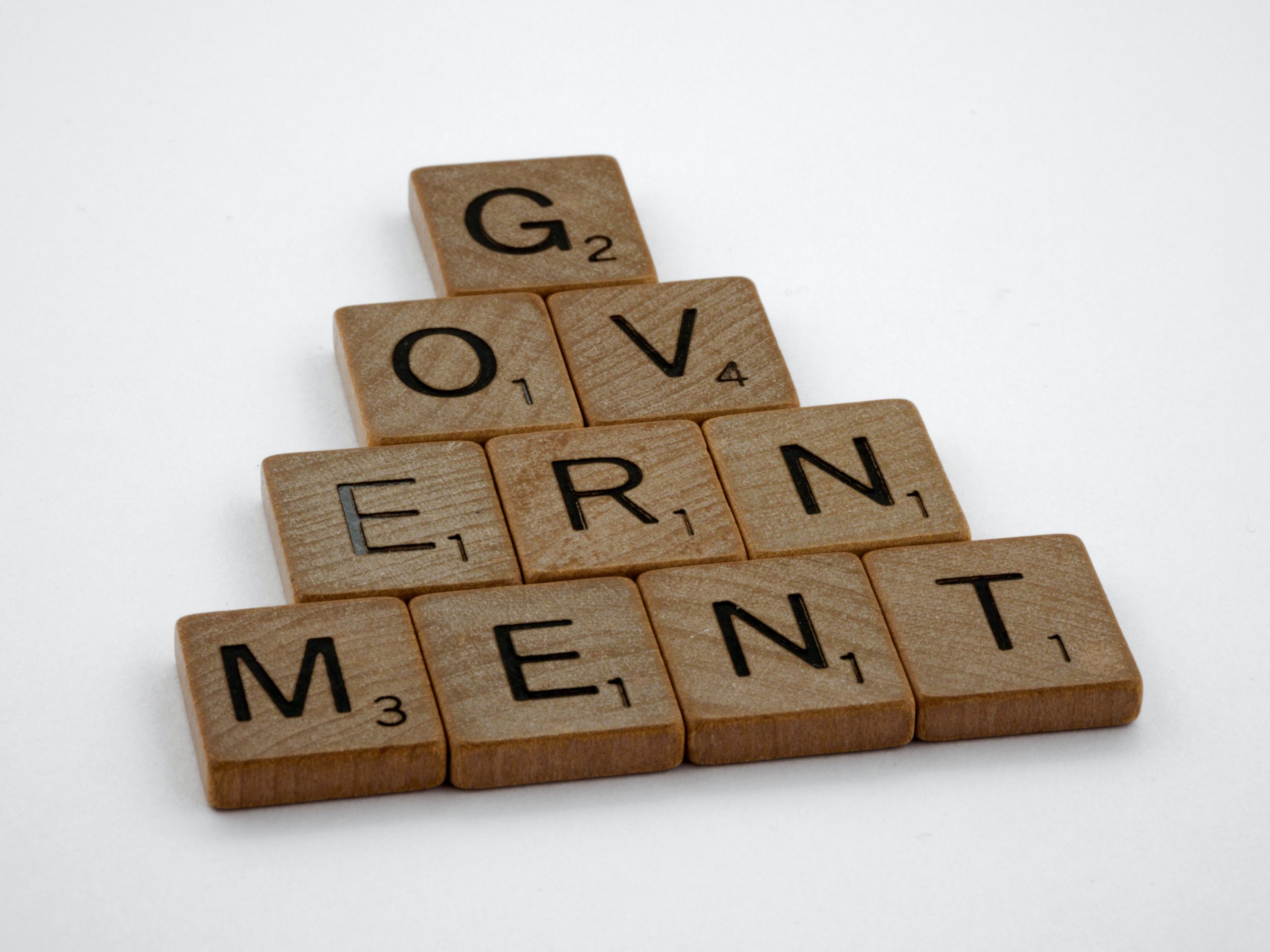Business environment
A dire decade ahead?
Domen Prašnikar
JOURNALIST AT THE ADRIATIC
In the last four decades, the world recorded relatively favourable conditions for growth as the demographic picture was still robust. The free market and globalisation were effectively lowering prices and raising standards, and in the last 20 years, in particular, we had historically low interest rates.
However, the next decade is going to be different. We will begin to see the first signs of the effects of an ageing population, the process of deglobalization, and geopolitical battles for dominance over financial and raw material flows. This will result in rising inflation and high levels of debt. Central banks will have the extremely demanding task of striking a balance between maintaining the credibility of currencies with a suitably high interest rate on the one hand, while ensuring appropriate growth and a suitable level of employment on the other.
Currently, after the Covid-19 shock, we are recording high GDP growth and increased profits in companies that are creating “reserves” for difficult times. Systematically, the economy is under-indebted, as is the population, but the excessive increase in public debt caused by inefficient spending of public money is concerning. Due to full employment and excessive inflation, central bankers are being forced to raise the price of money and thereby lessen demand. It seems that the bankers will tighten their belts all the way until “something breaks”, and then the tables will turn, and Central Bank delay will only increase volatility. It is very likely that there will be a decline in economic activity in the future and that inflation will continue beyond the target of 2%, therefore we must prepare very prudently for a period of stagflation.
The price of goods is a result of the balance between supply and demand. Governments can intervene in the market and regulate prices, as is currently happening with energy products. However, in the long term, this only distorts reality and does not allow for increased investment in the much-needed energy infrastructure, which would potentially allow prices to fall in the EU. The proverbial ECB can print money, but it cannot print oil, gas and electricity. Therefore, we can predict that with the reduced purchasing power of the population and fall in the value of assets, demand will decrease due to pessimistic sentiment and thus prices will slow down initially; however, in a later phase, with the delayed reaction of central banks demand will rise again and with limited resources, the inflationary cycle will restart. In this decade, we can therefore expect several waves of inflation with higher interest rates.
Companies should not rely too much on their governments for help
In the Covid-19 situation, based on the assumption of zero interest rates, all countries readily handed out helicopter money which helped to weaken monetary policy, and this fiscal measure prevented bankruptcies and a drop in GDP. This time around, however, the situation is more insidious, with increased interest rates and already heavily indebted government coffers. Will countries dare to borrow heavily again in order to help companies? Less likely than before, since the manoeuvre is less effective each time around. They will, hopefully, help in a more targeted manner. However, governments will not help zombie companies that do not have perfect business models and who exist only because of access to cheap money, for example, various developing technology companies with ideas that do not bring prevailing profit.
The health of Slovenia’s economy is basically good and there will be fewer problems at the aggregate level, but we can expect problems in those production companies where they are not able to pass on the increased prices to customers i.e companies with no pricing power. In production companies where the EBITDA margin is extremely low or for established traders who are over-indebted, for whom the increased Euribor will soon begin to squeeze and erode cash flow and liquidity. All companies will at some point record a drop in orders, including service companies, which are generally more resistant to higher energy prices and increased Euribor, at least in the short term.
Global PMI indices are historically low. The first major layoffs in the USA have begun, orders are falling in Germany, and we all know that we are “importing” a global recession to Slovenia, albeit with a certain time delay. It is difficult to raise business resilience rapidly in companies, however the EU has several grant schemes that will help companies make investment decisions, which may prove to be one of the main “solutions” for companies in the coming years.

Companies need to improve their financing structure
Banks raise interest rates on deposits to a very limited extent, while lending rates are already significantly higher due to the effect of higher Euribor and higher mark-ups. Banks have limited the offer of fixed interest rates for long-term loans, and it is no longer so easy to refinance. With short-term revolving lines, it is still possible to get a fixed interest rate, but it is now at a higher level than 6 months ago. No one has a crystal ball, and we don’t know how far the ECB will raise interest rates, so the dilemma of whether to speculate or to decide on a peg arises. It seems sensible to “fix” at least part of the debt as soon as possible so that the company knows with at least some certainty what the financing costs are.
Irrespective of the future movement of Euribor, companies will still have the need to improve their cash flow. They will have to go through all bank and non-bank financing offers such as SPS direct financing of companies via various schemes or SID bank special long-term loans, however, some companies will also need an EGP guarantee if they don’t have quality mortgages to offer as insurance. Favourable loans to companies will be available from certain banks that are backed by a SID portfolio guarantee or those who can factor in their receivables, and where extremely fast access to fresh liquidity is possible, albeit from more expensive sources such as equipment leasing, private loan funds, inter-company financing, periodic tenders of the SRRS fund or newly emerging funds for the ownership support of young growing companies.
In addition, companies can check the offers of private funds with partial equity and/or mezzanine financing, both of which provide a more stable long-term source. Furthermore, quite a few (family) businesses may already be flirting with exit strategies due to the age of the founder, and future uncertainty may also be a key trigger for equity sales. Unfortunately, the optimum time and the highest valuation ratios are probably behind us. The stock market indices have also fallen from their peaks, but it still may be more prudent to sell the company within the next year for a “normal” market purchase price, than to think about rehabilitation in 3 years, if the future is still as uncertain as it is today.
Domen Prašnikar is an experienced professional in the field of financial consulting and demanding restructuring cases. In 2014, Domen founded his own consulting company, Valior d.o.o., which primarily focuses on Slovenian small and medium-sized enterprises, to which he offers a broad range of business and financial consulting services. As a member of the Turnaround Management Association, he is familiar with trends and the world’s best practices in the field of company restructuring. He is excellent at finding alternative solutions and managing complex situations. Together with his team he designed a benchmark methodology for measuring and managing business resilience adapted to Slovenian companies to guide company management in developing strategies and solutions for long-term business stability in conditions of increased uncertainty.
THE ADRIATIC
This article was originally published in The Adriatic Journal: Strategic Foresight 2023.
If you want a copy, please contact us at info@adriaticjournal.com.








